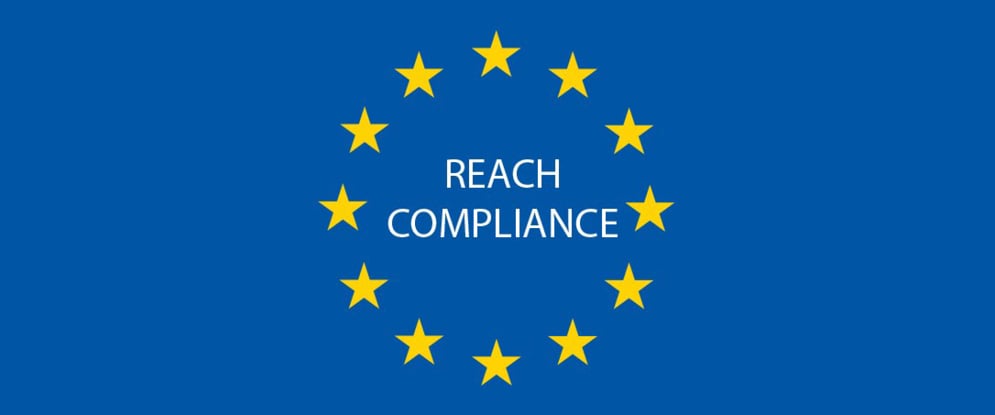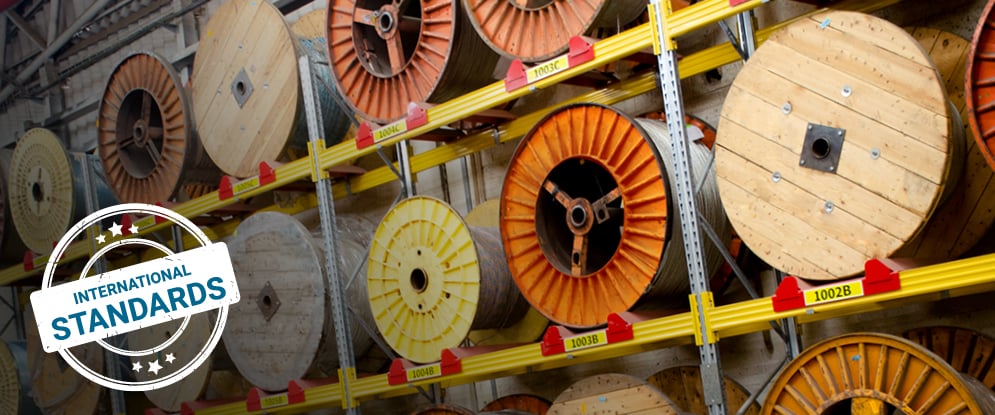From the beginning of our activities in the cabling industry, Teldor has focused on ensuring that we comply with recognized international standards and regulations in the field. This commitment comes from our understanding that every stakeholder in the supply chain – from raw material manufacturers through to cable and system suppliers – has a common goal to raise the bar in this field.
We also believe that it is our moral obligation to understand what’s in the solutions we make and to minimize the environment impact of our products as much as possible. For this reason, our commitment to standardization extends beyond industry and quality standards to include environmental, health and social regulations and directives.In this blog post, we will be discussing these regulations and directives in relation to the use and control of specific, potentially-hazardous chemical substances and conflict minerals in our cable solutions. More specifically, we will be discussing the following regulations and directives:
- REACH (EC 1907/2006)
- RoHS Directive 2011/65/EU (previously 2002/95/EC)
- Dodd-Frank Act for Conflict Minerals

<<Contact us to find out more about Teldor's Corporate Social Responsibility>>
What is REACH?
REACH is a European Union regulation that stands for Registration, Evaluation, Authorization and Restriction of Chemicals. It entered into force in June 2008 and aims to improve the protection of human health and the environment from any risks that may be posed by chemicals. It also promotes the use of alternative methods for assessing and testing hazardous substances to reduce the amount of testing on animals.
REACH applies to all chemical substances – from those used in industrial processes, to those we encounter in our daily lives (for example, cleaning products and electrical appliances). It puts the burden of proof on companies so that in order to comply with the regulations, companies need to identify and manage all risks related to specific substances they manufacture and marketing in the EU. In addition, over time, the expectation is that substances identified as most hazardous are substituted with less hazardous ones.
In order to ensure that all stakeholders are aware of any changes to these regulations made on an ongoing basis, the European Chemical Agency (ECHA) centralizes all activities on its website. This includes the SVHC list (Substances of Very High Concern), which is updated every six months. Article 33 of the REACH regulation specifies that suppliers of products including a substance on this list in a concentration bigger than 0.1% (w/w) are obliged to inform all consumers about, in the very least, the name of the substance.
According to REACH, Teldor is as a downstream user as we produce cables and cables systems, which are defined as articles. For this reason, while we do not have any obligation to register our products, we need to ensure that our suppliers and all raw materials used in our products comply with REACH requirements.
<<Contact us to find out more about Teldor's Corporate Social Responsibility>>

What is RoHS?
RoHS is another European Union directive that restricts the use of specific hazardous substances in electrical and electronic equipment (EEE) to protect the environment and public health. Currently, this directive restricts the use of ten substances: lead, cadmium, mercury, hexavalent chromium, polybrominated biphenyls (PBB) and polybrominated diphenyl ethers (PBDE), bis(2-ethylhexyl) phthalate (DEHP), butyl benzyl phthalate (BBP), dibutyl phthalate (DBP) and diisobutyl phthalate (DIBP).
This list is updated less frequently than the SVHC list. As is the case with REACH, Teldor is also committed to ensuring that all of our suppliers and raw materials fully comply with this directive.
What is the Dodd-Frank Act?
In 2010, the US Congress passed the Dodd-Frank Act, which defines standards and best practices for disclosing the use of “conflict minerals”. These are currently defined as four minerals – tin, tantalum, tungsten and gold – which are sometimes used to directly or indirectly finance armed conflict or are mined using forced labor. These minerals are often referred to by downstream companies as 3TG.
Ensuring our Cables Comply with REACH, RoHS and the Dodd-Frank Act
At Teldor, we are committed to doing our part to achieve supply chain practices that serve all stakeholders involved and minimize any potential harm to our environment.
To this end, we closely follow the SVHC and RoHS lists to ensure our solutions are free of hazardous substances; regularly evaluate our cable developments; oblige all of our suppliers to provide relevant certifications; and actively track and monitor any tin that we use to ensure its source is not one of the conflict regions specified in the Dodd-Frank Act. In addition, we are committed to Corporate Social Responsibility and maintain its policies in accordance with the EU Waste Framework Directive (2008/98/EC) and the SCIP (Substances of Concern in Products) database.
Our cables are in full compliance with EC Regulation1907/2006 REACH, EU Directive 2002/96/EC WEEE and the OECD Due Diligence Guidance for Responsible Supply Chains of Minerals from Conflict-Affected and High-Risk Areas.















